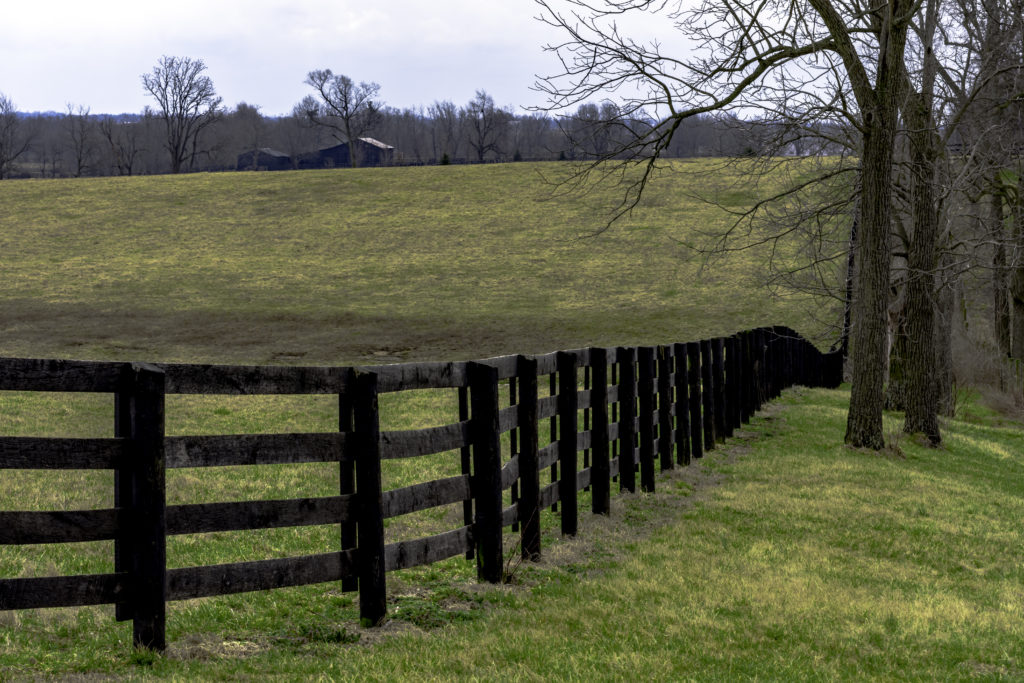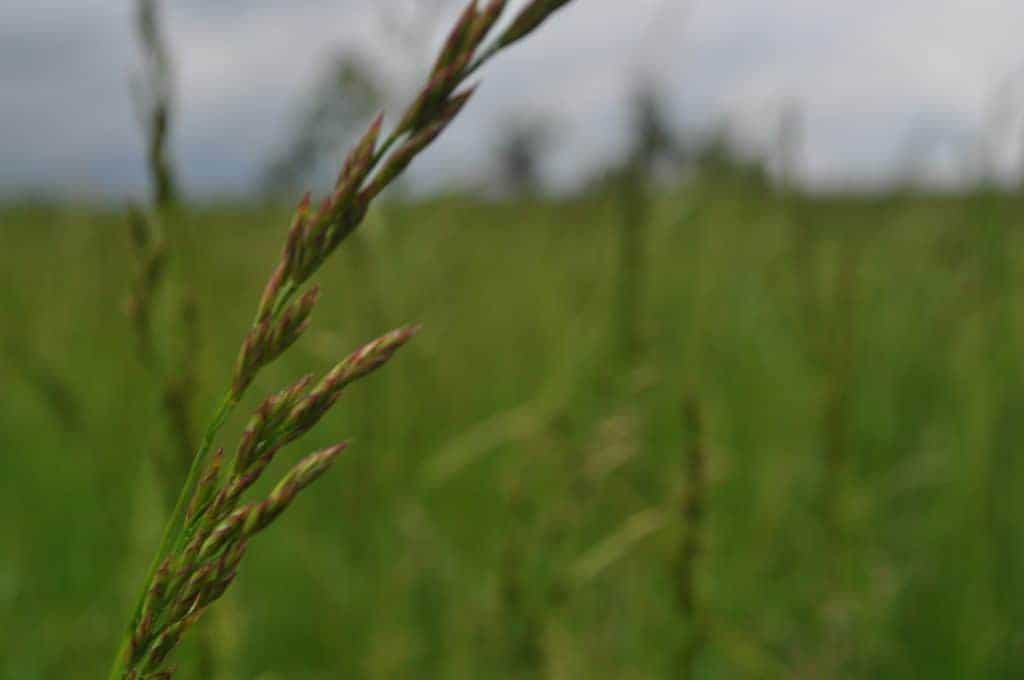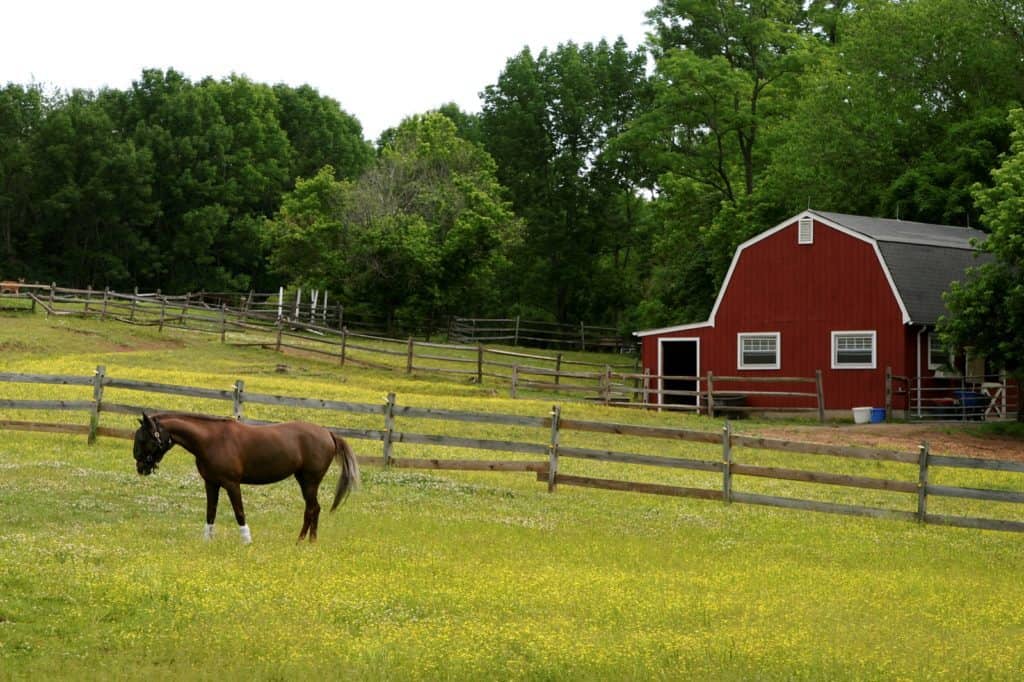
Case Study: Newborn Foal Dies Due to Atypical Myopathy
The foal’s dam developed atypical myopathy in the sixth month of gestation. The foal, born at full term, was eventually euthanized due to atypical myopathy complications.

The foal’s dam developed atypical myopathy in the sixth month of gestation. The foal, born at full term, was eventually euthanized due to atypical myopathy complications.

Presentation topics will include how to manage weedy grasses in grazed pastures, safe tall-fescue varieties for all classes of horses, and using seed coating and other techniques to improve pasture establishment.

Plan ahead to keep family, employees, and horses safe during a winter weather disaster.

A man is facing multiple charges after releasing 14 Standardbreds from their stalls, including one horse that died after falling into an icy lake. If you have water bodies on your horse property, here are some tips on how to keep horses safe.

Round broodmares grazing on lush pastures might make an idyllic picture, but danger could lurk in the grass. Download this special report to learn more about fescue toxicosis, its cause, prevention, and available treatment.

Tall fescue is one of the most widely grown perennial grasses in the world and covers approximately 37 million acres in the United States alone. But some varieties can be detrimental to horses. Here’s what you need to know if you have tall fescue in your pastures.

Winter is a great time for planning. Here are some tips for planning, prioritizing, and tackling your “to do” list.

In this two-part presentation from the University of Kentucky, learn about “Research Into Managing Horses and Cattle on Fescue Pastures” from Dr. Jamie Mathews and “Grazing Mares on Novel Endophyte Fescue” from Dr. Karen McDowell.

Is it dangerous for my horse to graze near areas with black walnut trees and walk through fallen walnuts?

From hydration to irrigation, learn how to combat challenges that come with caring for horses in arid climates.

Proper management of pastures on small acreage can mean better grazing for your horses and reduced hay costs.

When harvested correctly, alfalfa is a high-quality source of protein and calcium for horses.

Caring for pastures by preventing overgrazing in the winter can increase spring and summer yields.

Equine atypical myopathy and seasonal pasture myopathy are caused by eating maple tree seeds or saplings containing hypoglycin A.

Cost-sharing programs can cover 50% to 90% of the actual costs, allowing horse owners to invest in farm improvements that might otherwise be out of their budget.

Bare pastures and potential hay shortages, coupled with winds blowing seeds from laden sycamore trees, have created the “perfect storm” to increase the risk of atypical myopathy in grazing horses in Britain, BEVA warns.
Stay on top of the most recent Horse Health news with
"*" indicates required fields